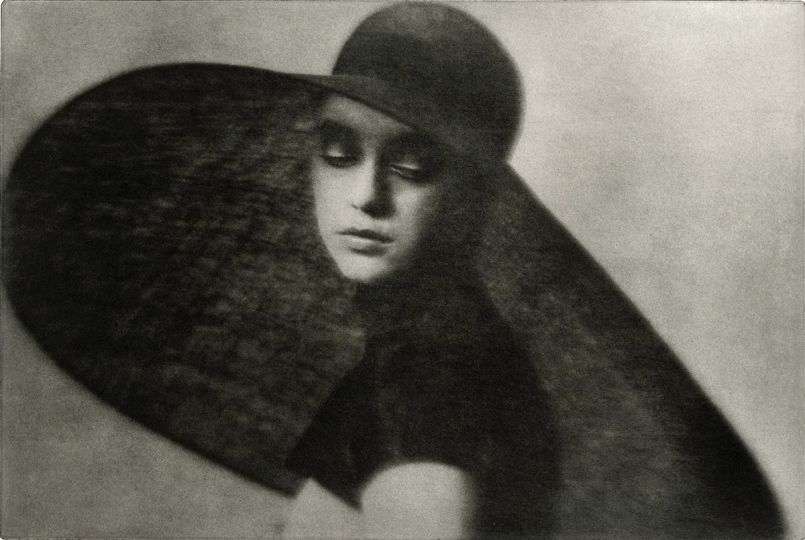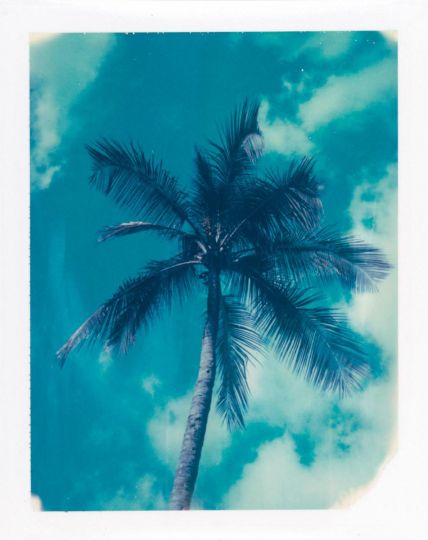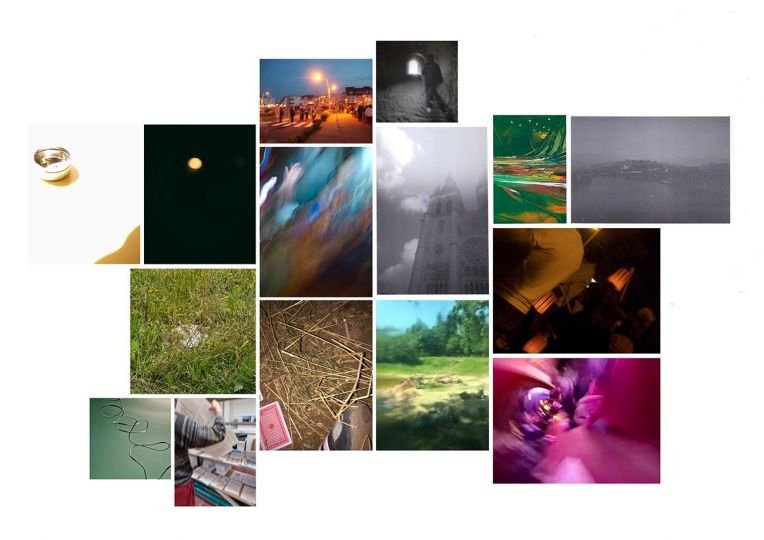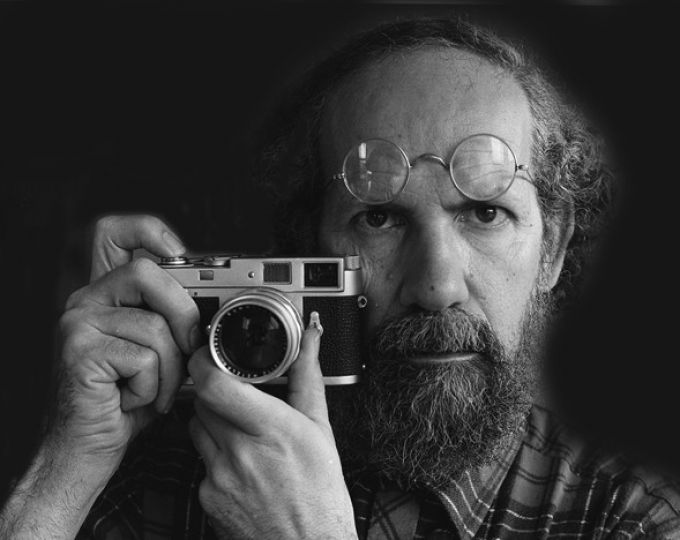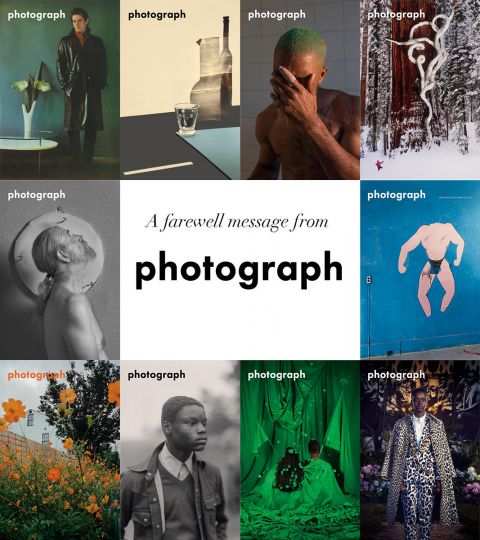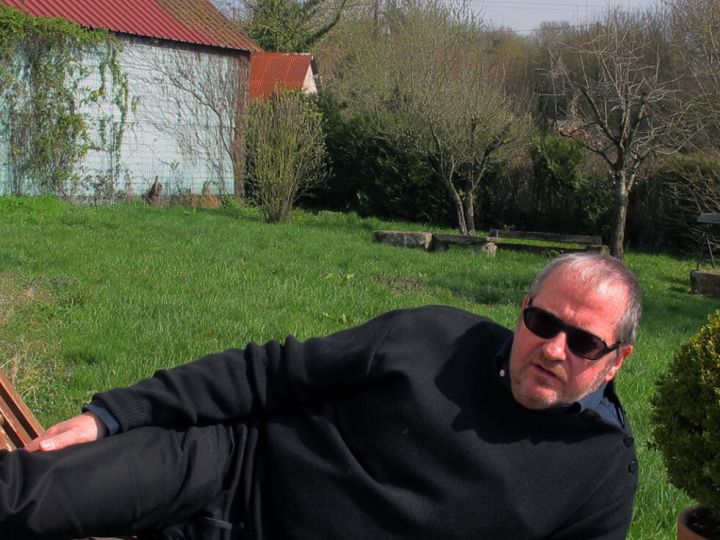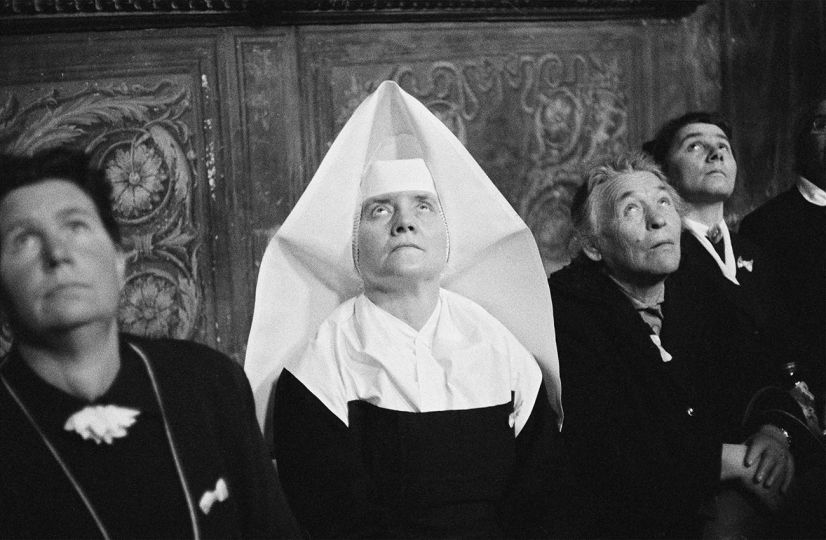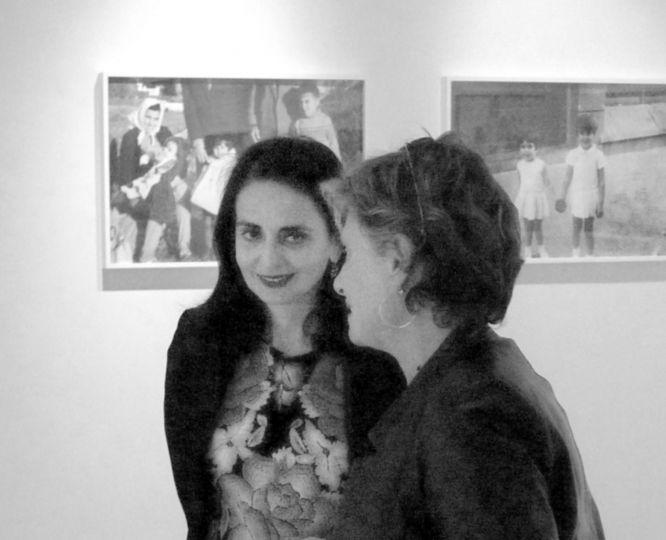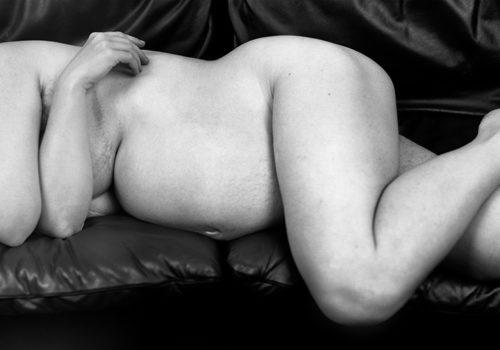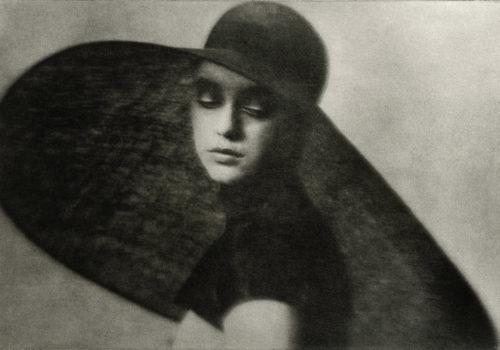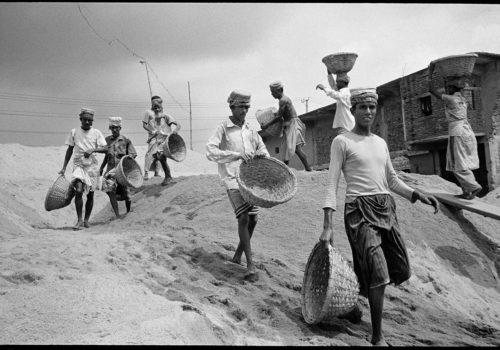Thibaut Cuisset first exhibited his photos in the summer of 1991, and they caused a stir. These were pictures of the Swiss mountains, shown in Lausanne. The young man, born on March 19, 1958 in the commune of Maubeuge in the northern department of France, was 33, and spoke with a voice as soft as his color palette. Yet he broke the rules of the genre. He said that a landscape could be beautiful without being a pretty, lifeless postcard. A landscape was alive, inhabited, even if it was deserted. “The colors are too pale,” commented a nettled Kodak customer. “But that’s what I saw,” replied the artist. The true face of photography, Thibaut Cuisset died from cancer on Thursday, January 19, in Villejuif, in the department of Val-de-Marne. He was 58.
Tenderness, clarity, precision, and an invitation to contemplation: armed with this arsenal, Thibaut Cuisset draws the eye into focus. Faced with the image, we realize the scope of his ambition: to capture the history and the relevance of a landscape, the battle between nature and our conception of nature, between the wild and the construct. These are the successive layers that add up to the living being; hence there is no need to put the human figure in the frame.
Cuisset photographed “the visible, the one we don’t see”; natural places where one would not dream of stopping for; and others, in the outskirts of cities, where one has no desire to stop. But we do stop before his images infused with “genuine mystery.”
“On campaigns”
Over the course of thirty years, Cuisset would set out “on campaigns,” as he called them. Like a nineteenth-century pioneer, he explored France, Italy, Namibia, Andalusia, Australia, Syria, Iceland, Japan, as well as the streets of Paris and Montreuil where he lived. He braved the vast expanses of the United States .
Let us focus on the images made in Syria, in 2008, before the unrest: Palmyra, Damascus, small towns and villages. The shots are wide, the sites blend with the surrounding sand. Cuisset photographed at noon, when the sun blinds the eyes and flattens the perspective. No impurity gets in the way of seeing and thinking about the destiny of this land. This is what Cuisset considered to be a successful landscape photograph: neither lifeless nor moralizing, but one that elicits testimony, that is an “excess of reality tending toward fiction.”
To obtain these results, Thibaut Cuisset hesitated between a rigorous method and a literary voyage. “A blend of concentration and distraction,” he used to say. Another time he confessed: “My aesthetic originates in displacement.” In slow displacement: His campaigns stretched over several weeks or even months. He would travel by car at 15 miles an hour, to where road maps ended, into deserts and across high altitudes. He would walk for a long time, then settle in, photograph with his view camera, in color, always in a horizontal (landscape) format—the format of moving pictures .
“Cold poetry”
Thibaut Cuisset does not use images to tell his life story. He loves “cold poetry”: no pathos or anecdotes. His references include photographers like Walker Evans and Luigi Ghirri who revolutionized the representation of space. Cuisset was neither into reporting nor the standards of contemporary art; he was simply a great photographer with a consistent work routine: he accepted commissions and residencies; he turned them into exhibits and books; he sold images through his gallery, Les Filles du Calvaire in Paris. As an artist-in-residence at the Villa Medici in Rome in 1992, he carried out a remarkable project on suburban landscapes in southern Italy.
Since his first show in Lausanne, Cuisset has been the subject of over thirty solo exhibitions, both in France and abroad. His work was exhibited at the Rencontres d’Arles in 1992, in Japan in 1997, in Rome and Moscow in 2002, at the Palais des Beaux-arts in Lille in 2005, in Rouen in 2009, and at the Académie des Beaux-arts in Paris in 2010. He published a dozen books, often very precious, complemented by texts written by well-chosen allies: Jean-Christophe Bailly, Jean-Luc Nancy, Philippe Lacoue-Labarthe, Gilles A. Tiberghien, Jean Echenoz.
Thibaut Cuisset’s images of French landscapes are on display until February 12 at the Fondation Fernet-Branca, in Alsace. In the fall of 2017, his work will be exhibited in Dunkerque. A forthcoming publication by Steidl brings together his “atlas poétique et sensible.” Cuisset was fond of a saying by the artist Raymond Hains: “My works existed before me, but they were so plain to see, everyone missed them.”
Michel Guerrin
Michel Guerrin has been a journalist at Le Monde since 1983, he was the editor of the photography column. This article was published in Le Monde on January 22, 2017.
Thibaut Cuisset in 5 dates
March 19, 1958 Born in Maubeuge (Nord), France.
1991 Exhibits at the Musée de l’Elysée, Lausanne, Switzerland.
1992 Participates in the Rencontres photographiques d’Arles.
2010 Exhibits at the Académie des Beaux-Arts in Paris.
January 19, 2017 Dies in Villejuif (Val-de-Marne), France.


